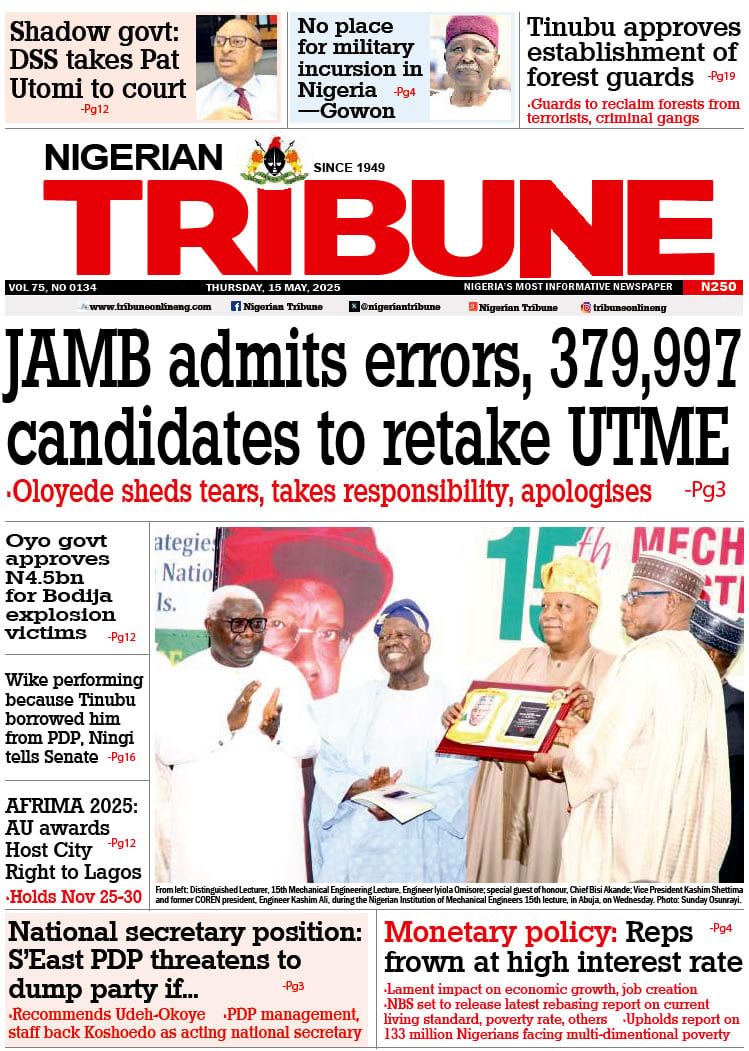I join millions of Catholics and good people on planet earth to congratulate Pope Leo XIV on his historic election as the new Pope. What does it take to become the Pope, the spiritual leader of over a billion Catholics across the globe? To answer this question one is compelled to trace a journey that spans millennia, empires, revolutions, and spiritual awakenings.
The Papacy is not merely a title; it is the pinnacle of a vast and complex religious heritage that began in the popular streets of Judea and emerged as one of the most enduring institutions in human history.
From the life and teachings of Jesus Christ to the numerous Christian traditions or from the rise of the Catholic Church to the expansion of Protestantism, and ultimately to the sacred rituals that determine who ascends the throne of Saint Peter, this article explores the historical, spiritual, and geopolitical layers that shape the pathway to becoming the Pope. With a final overview of the Popes who have led the Church from its first shepherd to the newly elected pontiff, Pope Leo XIV from the United States of America, his narrative offers a profound insight into how divine calling, human politics, and centuries of tradition converge in the heart of the Vatican
The birth of Christianity and the formation of Christian traditions
Christianity began in the 1st century A.D. in the Roman province of Judea, rooted in the life, teachings, crucifixion, and resurrection of Jesus Christ. Jesus, a Jewish teacher and healer who proclaimed the coming of the Kingdom of God and offered a message of love, repentance, and salvation. His followers, known as disciples and later apostles, believed him to be the promised Messiah foretold in Jewish scriptures. After his death by crucifixion, ordered by Pontius Pilate, the Roman Governor, Jesus’s resurrection became the central tenet of faith for his followers. This event sparked the rapid development of a religious movement that would ultimately transform the Roman Empire and shape world history.
The earliest Christian communities were formed in Jerusalem, Antioch, and Rome, among other cities, often facing severe persecution from both Roman authorities and local populations. Despite this, the movement spread rapidly across Asia Minor (modern day Turkey), North Africa, and Southern Europe through the missionary efforts of apostles like Paul of Tarsus, who travelled extensively and authored 14 Letters called Epistles from Romans to Hebrews) that later became part of the New Testament. Christianity emphasized monotheism, ethical living, communal worship, and the hope of eternal life, distinguishing it from the polytheistic Roman religion.
By the late 1st and 2nd centuries, as Christian communities multiplied, theological differences and organizational structures began to develop. These communities shared core beliefs, such as the divinity of Christ and the authority of scripture, but diverged on practices, leadership, and interpretations of doctrine. This diversity laid the groundwork for what would eventually become the three major branches of Christianity: Roman Catholicism, Eastern Orthodoxy, and Protestantism. Over time, cultural, linguistic, and political factors, such as the division between the Latin-speaking West and the Greek-speaking East, further contributed to these distinctions, culminating in significant historical events like the Great Schism of 1054 and the Protestant Reformation of the 16th century.
The origin of Catholicism and its global significance
The Catholic Church traces its origins directly to Jesus Christ and the Apostles, particularly Saint Peter, who is recognized as the first Bishop of Rome and thus the first Pope. After Peter’s martyrdom in Rome around 64 A.D., early Christian communities grew under significant persecution. Despite this, the Church gradually established a structured hierarchy and doctrinal foundation. The legalization of Christianity under Emperor Constantine with the Edict of Milan in 313 A.D. marked a turning point, enabling Christians to practice their faith openly. Constantine also played a key role in the First Council of Nicaea in 325 A.D., where foundational Christian doctrines were formalized, including the Nicene Creed.
Several Church Fathers significantly shaped the early theology and structure of Catholicism. St. Augustine of Hippo (354–430 A.D.), through works like The City of God and Confessions, provided a philosophical and theological framework that influenced Western Christianity for centuries. Pope Leo I (“Leo the Great”, 440–461 A.D.) asserted the primacy of the Bishop of Rome and protected Rome from invasion by Attila the Hun. Pope Gregory I (“Gregory the Great”, 590–604 A.D.) reformed Church administration, emphasized missionary work, and enhanced liturgical worship, laying the foundations of medieval Catholicism.
Monastic orders also advanced the spread of Catholicism. The Benedictines, founded by St. Benedict of Nursia (c. 480–547 A.D.), promoted learning, agriculture, and spiritual discipline across Europe. Later, the Franciscans, led by St. Francis of Assisi (1181–1226), emphasized poverty and preaching, while the Dominicans, founded by St. Dominic (1170–1221), focused on education and combating heresy. These orders, along with papal diplomacy and the support of Christian monarchs, established Catholicism as the dominant spiritual force in Europe and laid the foundation for its global expansion through missions, colonization, and cultural exchange.
The protestant reformation and the spread of Anglicanism
By the 16th century, dissatisfaction with the corruption, political entanglements, and theological excesses of the Catholic hierarchy sparked reformist movements across Europe. The Protestant Reformation began in 1517 when Martin Luther, a German Augustinian monk, nailed his 95 Theses to the church door in Wittenberg. He challenged the sale of indulgences and called for a return to Biblical authority over papal decrees. Luther’s teachings spread rapidly due to the printing press, leading to the formation of Lutheran churches in Germany and Scandinavia. In Switzerland, Ulrich Zwingli and later John Calvin developed Reformed traditions emphasizing predestination and church governance by elders. Calvin’s Geneva became a model for Protestant organization and theology.
In England, political motives intertwined with religious reform. King Henry VIII, initially a staunch Catholic, broke away from Rome in 1534 after the Pope refused to annul his marriage to Catherine of Aragon. Through the Act of Supremacy, he declared himself the Supreme Head of the Church of England (Anglican Church). The Anglican tradition retained many Catholic liturgical elements but rejected papal authority. It was further shaped by Thomas Cranmer, the Archbishop of Canterbury, who authored the Book of Common Prayer, and Queen Elizabeth I, who established the Elizabethan Religious Settlement in 1559, balancing Protestant doctrine with traditional rituals to stabilize England.
Missionary activity played a vital role in spreading Anglicanism and Protestantism globally. The Church Missionary Society (CMS), founded in 1799 in Britain, was crucial in bringing Anglican Christianity to Africa, India, and other parts of the British Empire. Pioneers like Henry Martyn, Samuel Ajayi Crowther (the first African Anglican bishop), and David Livingstone expanded the church’s reach.
In the United States, Anglicanism took root early through British colonization, later evolving into the Episcopal Church, which maintained historical liturgies while adopting a democratic governance structure but governed independently from the British Crown. This branch gained prominence through figures such as Bishop William White and became influential in American spiritual and social life.
…to be continued
Please send your comments to president@abuad.edu.ng
AARE AFE BABALOLA, OFR, CON, SAN, LL.D (Lond.)
READ ALSO: Contemporary Christianity: New wine in old wineskin






